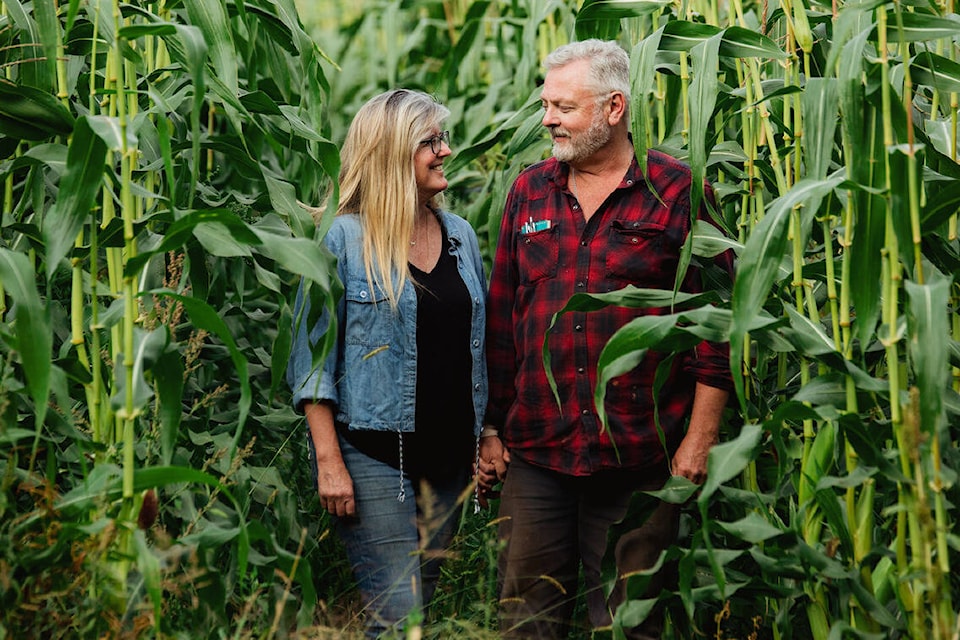A farm on the eastern coast of Vancouver Island has been making soaps for almost 20 years now with the help of some special ingredients—most notably, goat milk.
Shannon and Mike Farrell have run Shamrock Farm in Comox since 1993, starting out with pumpkins and a pick-your-own pumpkin patch. Since then, the farm has grown considerably, with over 40 types of vegetables, fragrant lavenders and specialty cut flowers.
About a decade after they first opened the farm, the idea of a soap made from goat milk started to form, thanks to one of their three sons, who was around four-years-old at the time.
“My son, when he was young, had problems with his skin and I couldn’t find a natural soap that would work,” Shannon said. “I had researched that goat milk soap was super mild and that it might help, so I decided it was something I would try making.”
After a trip to the library and reading a “whole bunch of books” on making soap, Shannon was eager to give it a go, but did not want to purchase goat milk just to make soap.
“I wanted to have it a farm-based product,” she said. “It would help diversify the farm as well, so I ended up buying a Nubian goat with a kid at her side and she was in milk, and I just went to work to figure it out.”
Needless to say, Shannon figured it out, as the soaps were mild enough for her son’s skin. There are now over ten different goat milk soaps available at the farm.
There is a lot of work that goes into making the soaps and the process can be tedious and time-consuming, according to Shannon.
“First, you need the milk, so I hand-milk the goats when they’re in milk,” Shannon said. “I milk in the morning and I take that milk and freeze it, and usually in the winter is when I’m making the soap.” This is due to the farm being too busy in the summer and there not being time to make the soap.
However, once fall is finished, the soap-making process continues.
“In the winter, I grab the frozen milk and I thaw it and make the soap,” Shannon said. “I use the pure milk—no water—with lye to make the soap. No lye, no soap!”
The goat soap is 50 per cent milk. The rest she fills with butters, oils and natural ingredients, providing a soothing scent.
“Some of the essential oils are also produced on the farm as we are a lavender farm and we distill our own lavender oils so we put lavender essential oil in quite a few of our soaps.”
READ MORE:
It takes about eight weeks to cue one bar of soap, on top of the time it takes to milk the goats and wait until the winter, so the entire process is a lengthy one, but worth it in the end.
Throughout the process, Shannon is conscious of treating and caring for her goats in the best possible way. For example, she milks them in the morning, which allows the baby goats to spend more time with their mothers throughout the rest of the day out in the fields. She also is mindful of when she breeds them.
“I don’t breed the goats every year. I give them a break as I like to treat my animals humanely,” she said.
“People are quite happy to buy a product that’s produced on the farm with goats that they can see when we’re open to the public,” Shannon said. “It’s been good, and it’s added to the diversification of our farm and keeps me busy in the winter when the vegetables slow down. It’s quite popular soap.”
To see more of what the farm has to offer, visit www.shamrockfarm.ca.



